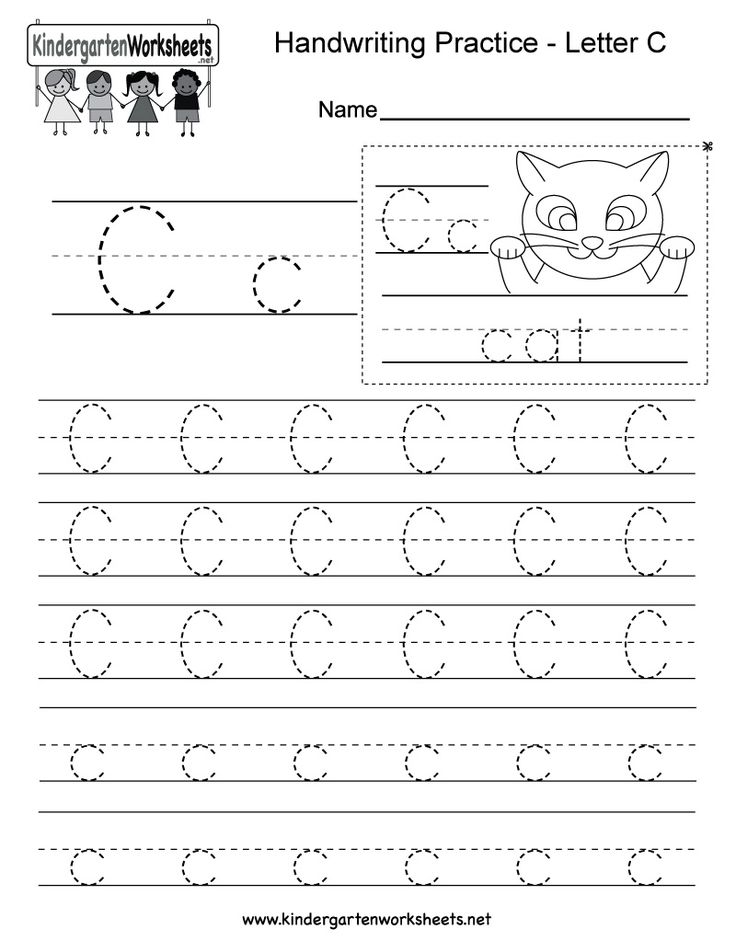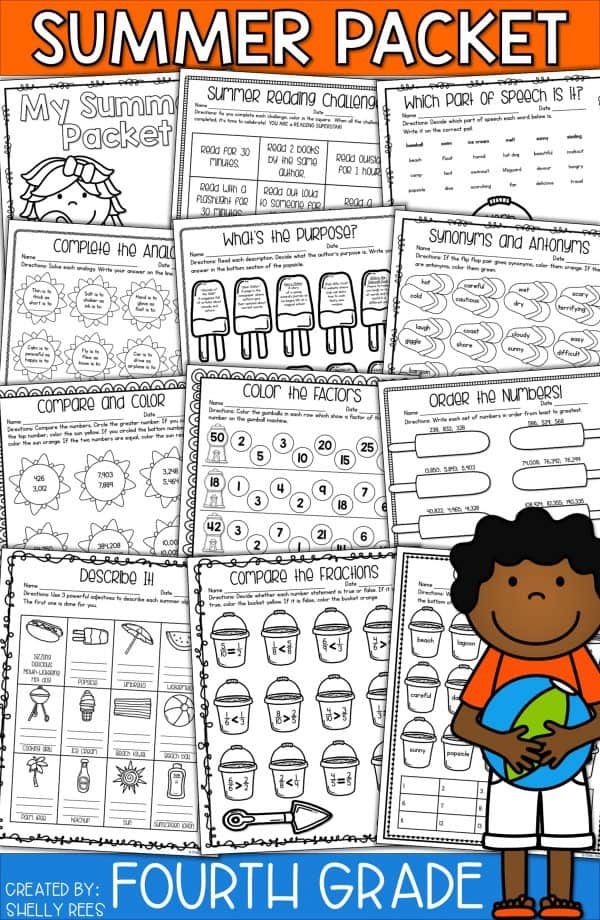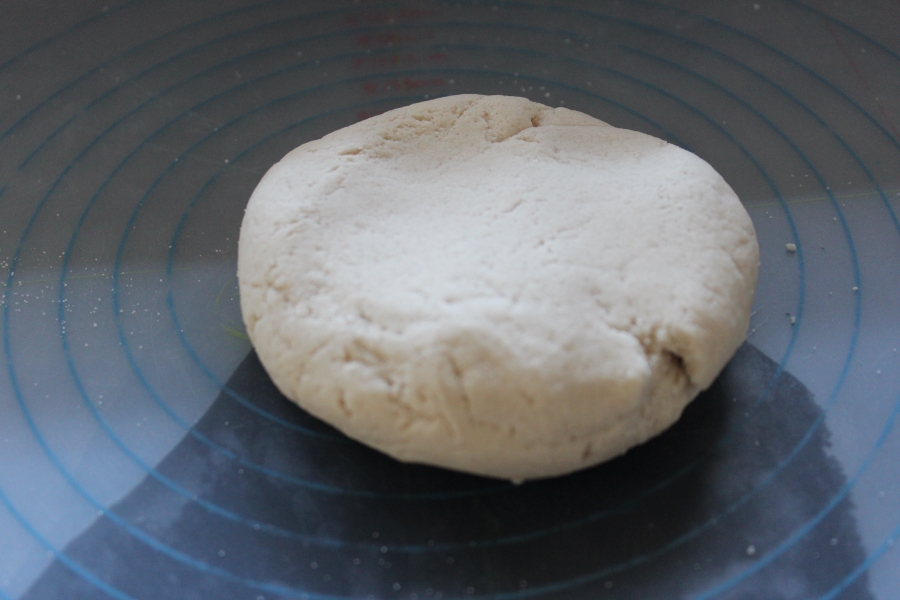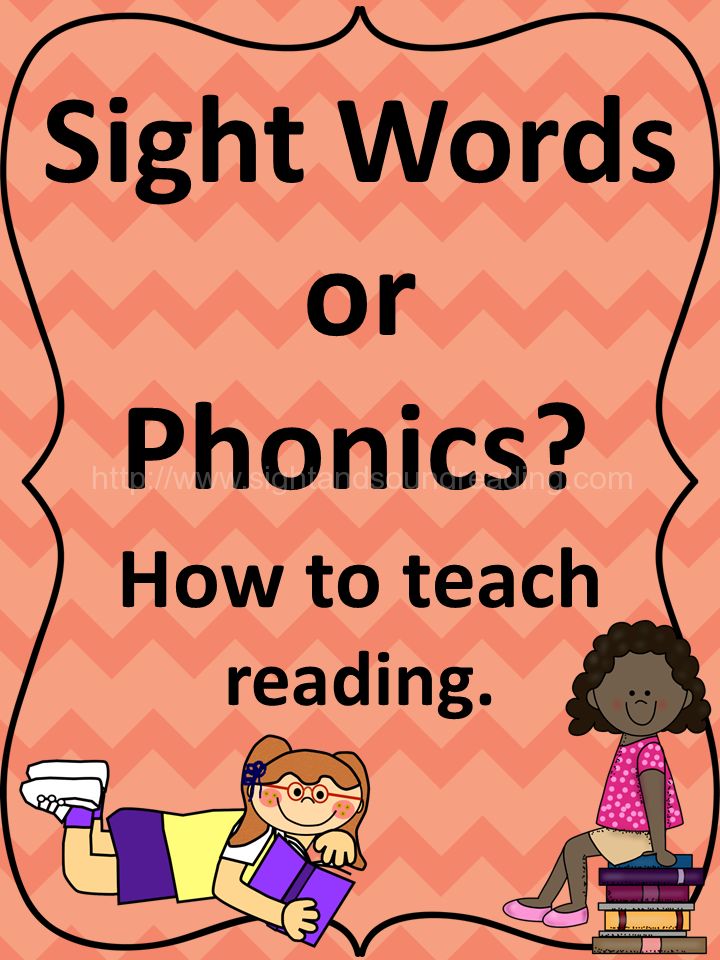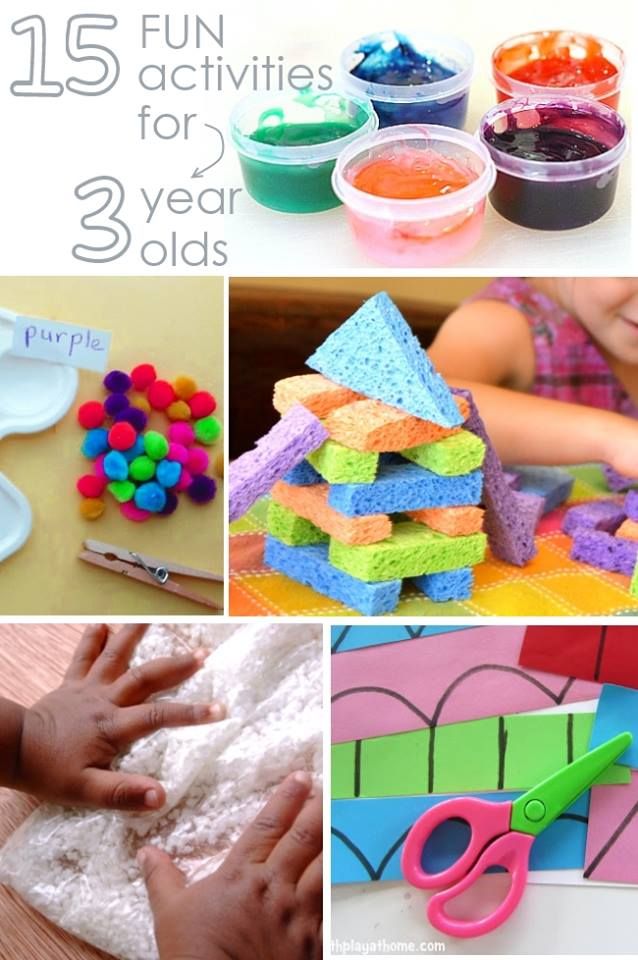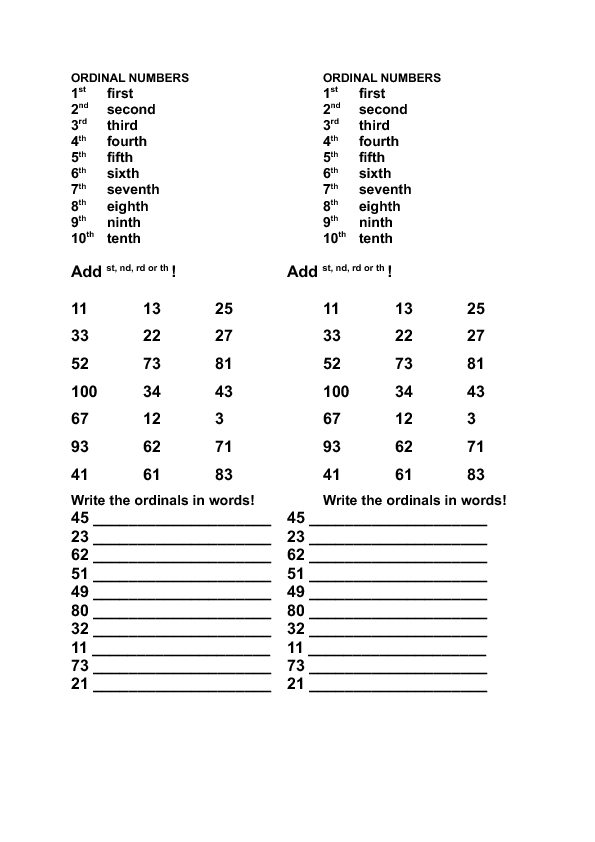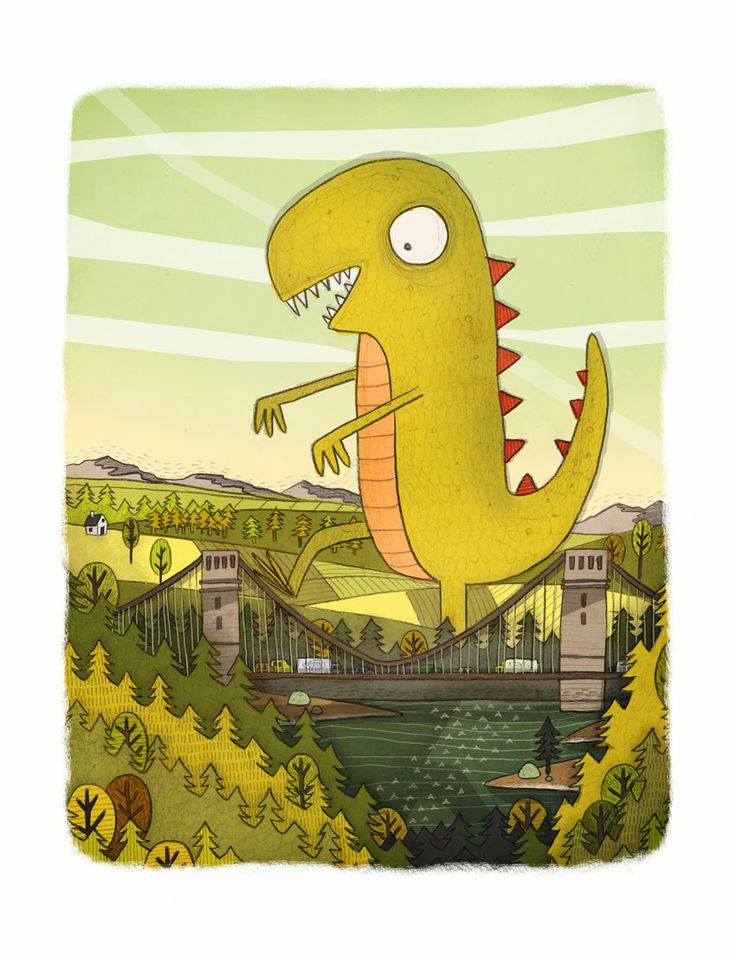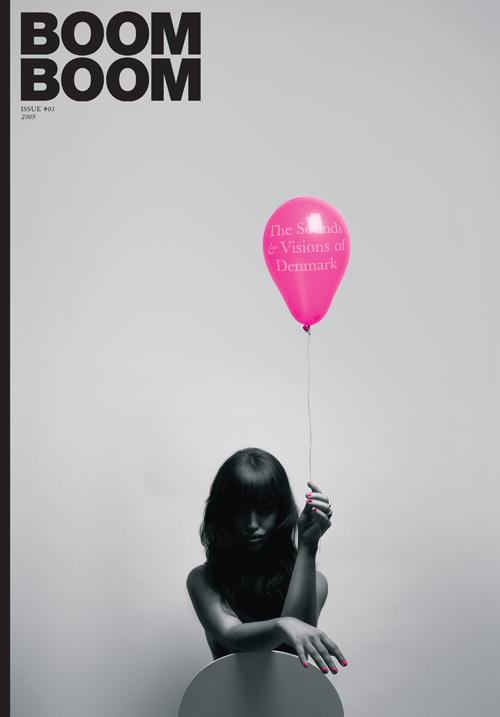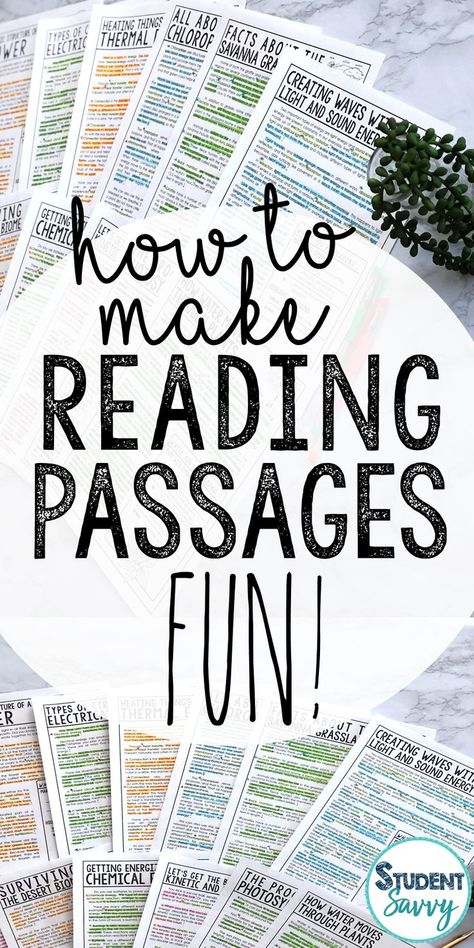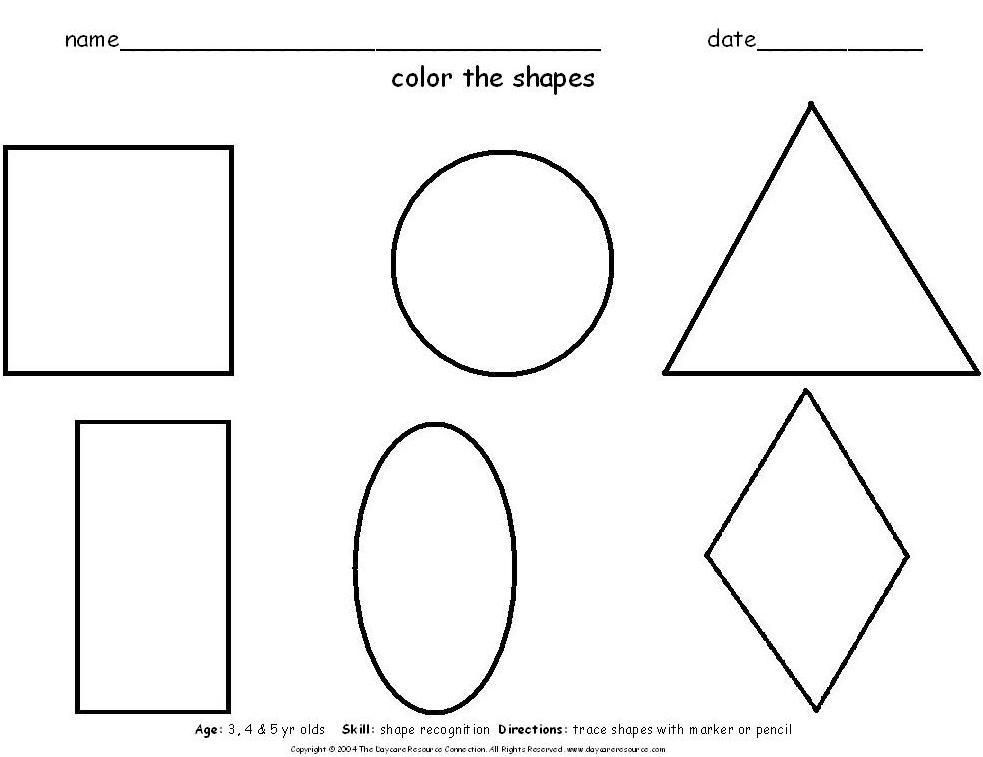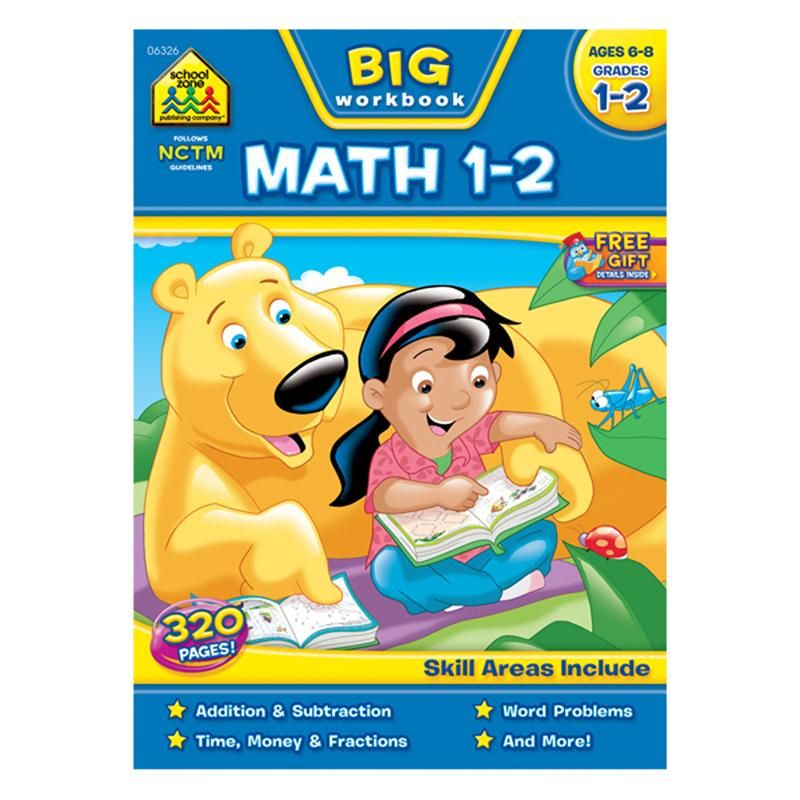Write the letter c
How to Write C in Cursive
we’ve covered many cursive letter resources here on the site, and this blog on how to write c in cursive is one of the top! There’s a reason why: Cursive c is a building block for forming other cursive letters. After learning how to make cursive c, students can then easily transition to several other cursive letters! Let’s get started with how to teach cursive, starting with the lowercase letter c.
How to Write C in Cursive
Cursive handwriting can be a difficult thing to teach kids. Today, I’m starting a new series on how to teach cursive letters in fun and creative ways.
In this series, we’re starting with how to write cursive c first.
Letter “c” is one of the first letters that kids are taught when learning cursive. The letter is directly related to it’s printed counterpart. The curve of the letter is one of the most basic pre-cursive strokes that are made and helps to build several other cursive letters (a, d, g, q, and o).
In the Loops and Other Groups cursive writing program, these letters are called Clock Climbers. They are the letters a, d, g, q, o which start with the cursive c formation. The lines “climb a clock” around a curve.
The fact is that fluent cursive writing predicts high level spelling and
composing skills, more so than manuscript or typing. And, in fact, studies show that test completed in cursive receive higher scores than those completed in manuscript.
First up is how to make letter c in cursive. This series will most definitely not be in alphabetical order for many reasons, mainly because the cursive writing alphabet is typically not taught in alphabetical order. Rather, the letters are taught in groups of related pencil lines. This supports the motor plan of forming each individual letter and helps with carryover skills. Read more about this concept in our post on cursive letter families.
Let’s start with addressing cursive letter c!
In this blog post, images show use of raised line paper. While this type of adapted paper isn’t a must, the raised lines support development of line awareness when teaching this lowercase cursive letter formation.
While this type of adapted paper isn’t a must, the raised lines support development of line awareness when teaching this lowercase cursive letter formation.
How to Teach c in Cursive:
This post contains affiliate links.
Beginning Upstroke
The beginning upstroke of the beginning lines in cursive “c” can be practiced in creative ways in order to help with re-trace when forming the curve of the letter.
There is research that shows teaching the cursive letter c like a cursive “i” with a hooked top, the carryover of legibility is better.
Re-trace-
After forming the up-stroke of the letter, the curved top, and the re-trace back to the bottom of the letter, it is helpful to work on sliding the pencil along the baseline of the paper to develop letter connectors and to improve legibility.
Practice-
The final step of writing cursive c is to practice, practice, practice! When it comes to writing c in cursive, there are many tips that you can use.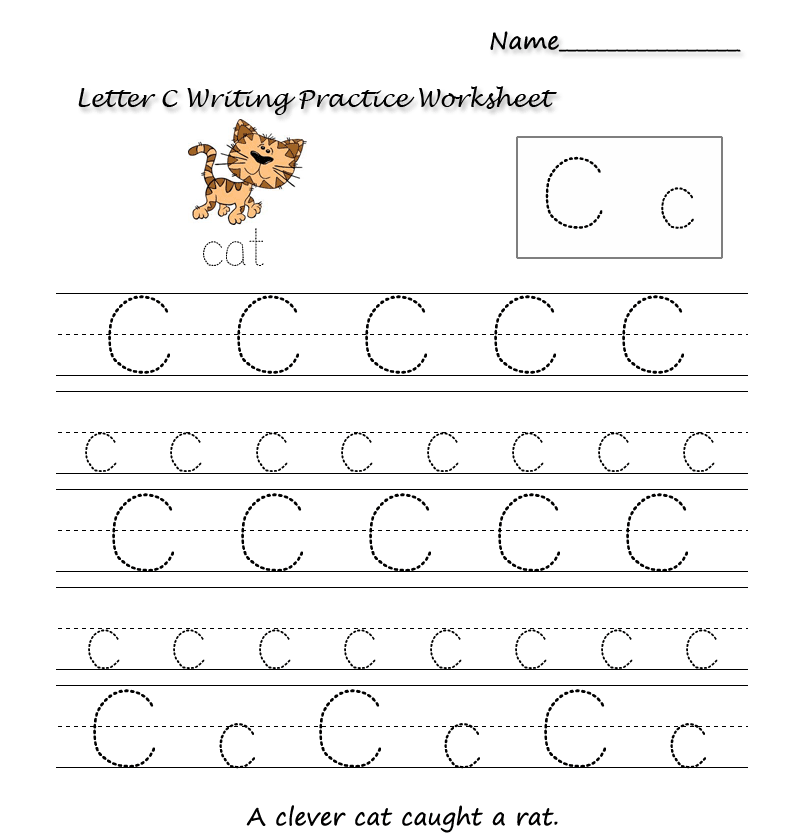 Try the activities listed below as well as these practice tips:
Try the activities listed below as well as these practice tips:
Write Cursive C with Gross motor practice- Use whole body movements to practice formation. This can occur on the ground with chalk, on a dry erase board at the vertical, in the air with air writing, or using the ideas listed below.
- Air writing
- Ribbon wand writing
- Sidewalk chalk
- Laser pointer or flashlight writing
- Writing tray
- Vertically mounted chalk or white board
- Rainbow writing- The child writes the letter in one color and then trace over it with another color. Continue to trace over the letter with each color of the rainbow. This can be done on a large scale with chalk, markers, etc.
Tips for helping kids stop at the baseline when writing the letter “c”:
Use a verbal prompt to bump the bottom line. Trace the baseline with a highlighter for a visual prompt. Try some of these tricks for writing on the lines.
Establish a motor plan to make cursive c consistently
After cursive letter c has been taught, the next step is multisensory exposure to the motor plan to complete the letter consistently. This establishes the kinesthetic input and practice trials. We cover this in more detail in a blog post on motor planning and handwriting.
This establishes the kinesthetic input and practice trials. We cover this in more detail in a blog post on motor planning and handwriting.
With different tactile and sensory-based movements of handwriting, repetitions allow information to be embedded in the brain.
Here are some activities to work on cursive c:
- The Handwriting Without Tears program promotes forming letter c without the starting stroke, making formation easier for most kids.
- Use sensory textures to teach letter c and the strokes needed to make the letter.
- Try practicing cursive handwriting and more cursive letter c practice with these creative cursive handwriting ideas like Textured Cursive Lines
- Try this sensory Cursive Lines Art
- Pencil Grasp with an Egg Carton
- Cursive Handwriting Journal
- Fizzy Dough Cursive Letters
The Handwriting Book is a comprehensive resource created by experienced pediatric OTs and PTs.
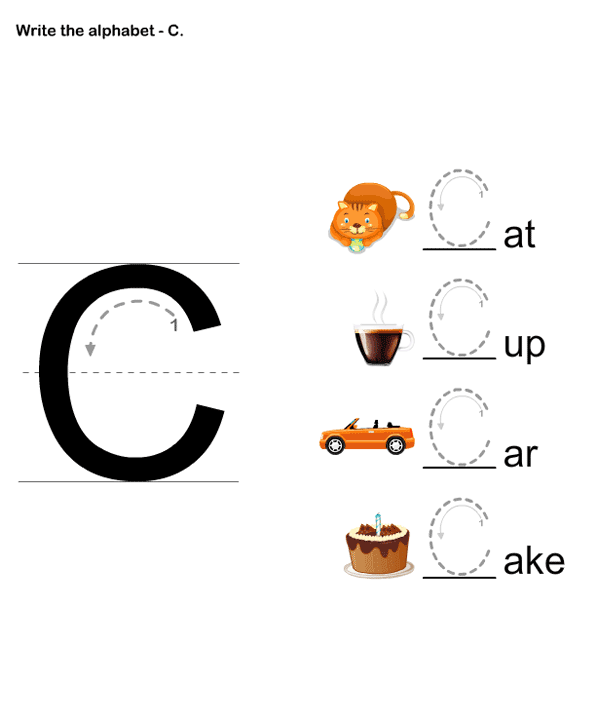
The Handwriting Book covers everything you need to know about handwriting, guided by development and focused on function. This digital resource is is the ultimate resource for tips, strategies, suggestions, and information to support handwriting development in kids.
The Handwriting Book breaks down the functional skill of handwriting into developmental areas. These include developmental progression of pre-writing strokes, fine motor skills, gross motor development, sensory considerations, and visual perceptual skills. Each section includes strategies and tips to improve these underlying areas.
- Strategies to address letter and number formation and reversals
- Ideas for combining handwriting and play
- Activities to practice handwriting skills at home
- Tips and strategies for the reluctant writer
- Tips to improve pencil grip
- Tips for sizing, spacing, and alignment with overall improved legibility
Click here to grab your copy of The Handwriting Book today.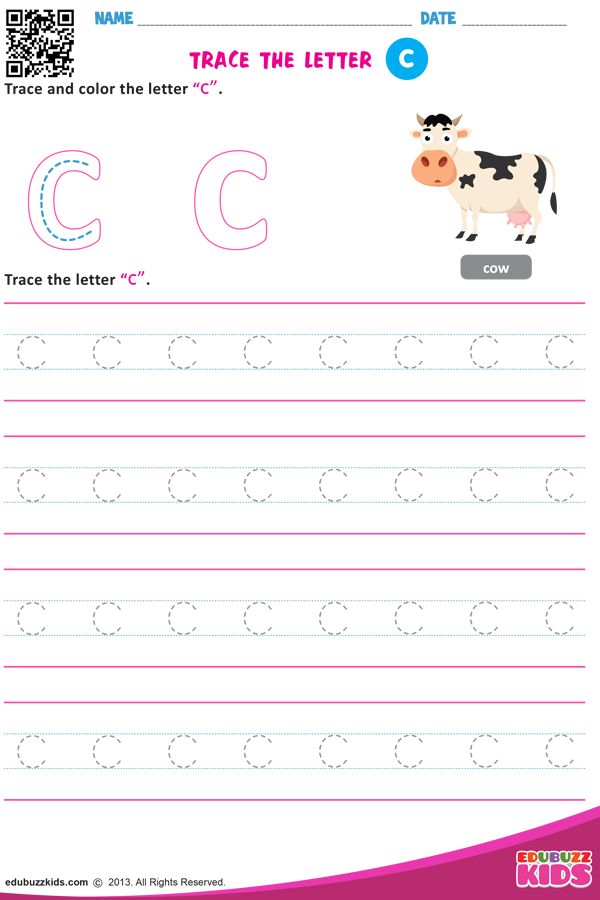
20+ Letter C Crafts & Activities - Learn The Alphabet
Learning the letter C! Letter C learning Resources, alphabet recognition, phonics, activities and crafts for preschoolers. Learn to read, write and have fun with the letter C.
Let’s learn the letter C!
Yay for the Letter C!
Kids start showing interest in learning alphabet letters around the age of 2. That’s a great time to start teaching them the letters with fun lessons and games. Today we’ll continue practicing with the letter c!
Don’t forget to check out letter B activities and letter A activities to perfect your little ones’ alphabet skills!
If you are trying to find learning worksheets to do while you’re at home, or maybe try these Easter printable activities to keep them learning!
So if you’re ready, let’s roll!
Letter C Song
The letter C plays an important part in the alphabet called a consonant. To understand better what sounds the letter b can make, here is the Letter C song:
Letter C Lesson Plan
Learning the letter C is super fun when done the right way. Use different materials, colors, and textures to make it engaging and exciting!We want our kids to love learning! So if you can’t catch their attention, you can try these games that will definitely make them curious.
Have your kid practice their abc formation with noodles and pipe cleaners.
Or maybe try our playdough learning activity to create the alphabet letters!
Letter C Crafts to Teach
There are so many colorful words that start with the letter C.
C is for caterpillar, car, and cat. C is also for Crafts!
Let’s get crafty and make a Caterpillar in this letter C crafts. Kids always enjoy making crafts with pom-poms because they’re fluffy and easy to work with. It’s a fun and colorful craft that will take minimal preparation!
C is for caterpillar! Help your kids make a cute C-shaped caterpillar with pom-poms.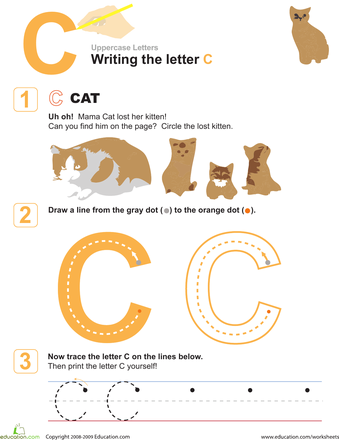
Here we have 12 different letter c activities that your kid can do! Make a letter C carrot with orange tissue paper, or use cotton balls to make a fuzzy cloud.
Use foam board to make a colorful letter C as well as the rest of the alphabet. Then play these letter learning games! Mix up the letters and help your kid put the alphabet in the correct order.
Use foam boards, glue sticks, markers, and anything you already have in your craft box to help your kid excited about learning the letter C!What about fabric wall letters? Hang them on the wall for decoration and continuous learning. Let your imagination run wild!
Preschool Letter C Printable Worksheets
Learn to write the ABC’s with free printables!
We have 8 educational and fun letter C worksheets with different levels of difficulty to learn how to write the letter C!
Our free printables include 4 pages of upper and lower case tracing with pictures to color, 1 page of tracing words, 2 pages with phonics activities to teach the letter c sounds, and 1 letter C coloring page.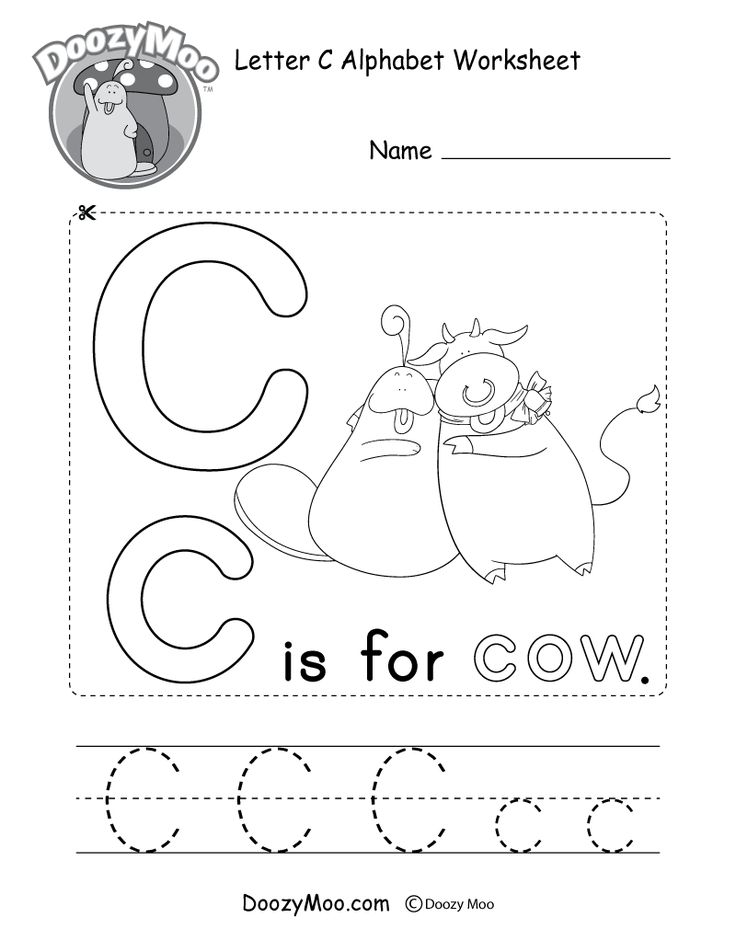
Print this cute trace the letter C printable to practice both uppercase and lowercase letter c. Don’t let the fun stop there! Practice words that start with c, like carrot, and color in the carrot drawing!
Get our wonderful letter mazes to practice the letters and have fun at the same time! In that link, you can find 5 mazes that will help your kids practice upper case letters.
Help preschoolers recognize the letter C by slowly introducing individual upper and lowercase letters.
More Alphabet Learning Resources
Learning the alphabet doesn’t have to be boring. There are tons of ways you can make it fun!
Get one (or all!) of our free printable flash cards to continue the learning. Flashcards are one of the best tools out there to memorize letters, colors, objects, and pretty much everything you can think of.
Check out these 10 fun ways to learn the alphabet. From making your own letter puppets to creating your own book with crayons, you’ll find everything you need on that list. There are even science and sensory activities!
There are even science and sensory activities!
Everything You Need To Teach the Letter C
Write the letter, which means the first sound in the Word of the birdhouse
Russian language, 06/15/2019 02:40, Atalaalihin
Show answers
Other questions: Russian
. (B11 hours from the airfield flew out two planes flying in opposite directions at the same time, at 14:00 the distance between them was 3540 km, one of them flew at an average speed of 620 km/h with k...
Published: 27.02.0002 Replies: 1
A tangent is drawn to a circumcircle with a diameter ab. point a is 10 cm away from the tangent, point c is 13 cm. find the diameter of the circle...
, Petya has 8 more apples, and Nina has 3 less apples than Vanya. together they had 41 apples....
0016 2
Distance between winnie and heel on a straight track 200 meters.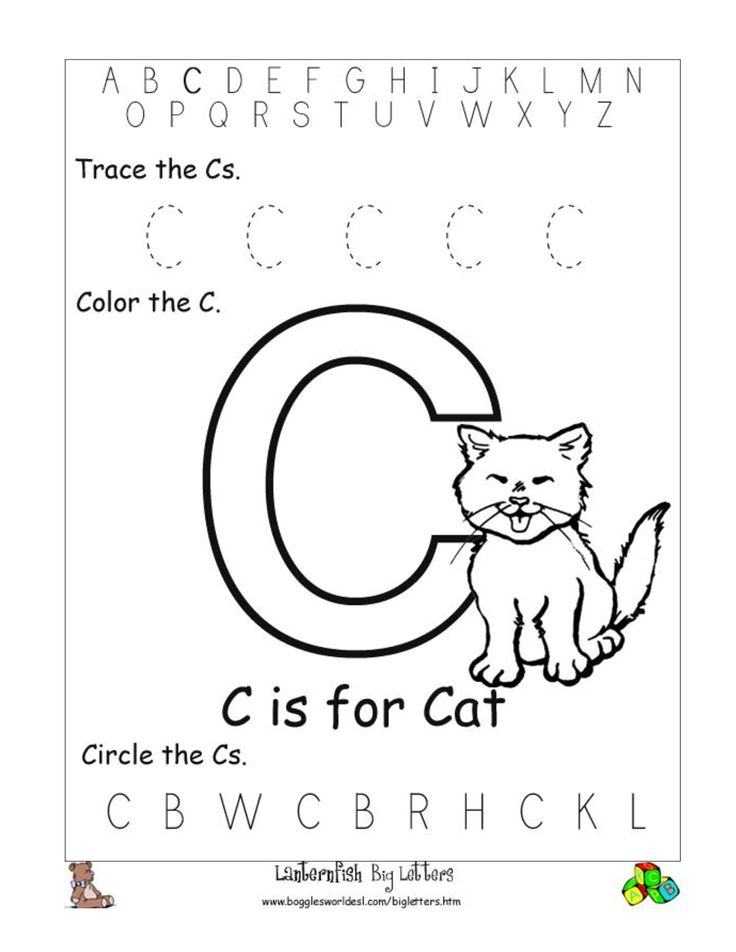 Piglet speed 40m/min Winnie speed 50m/min. what distance can be between them after 2 minutes?...
Piglet speed 40m/min Winnie speed 50m/min. what distance can be between them after 2 minutes?...
the speed of the river is 2 km/h. how far will the boat travel in 2 hours if it floats with the current? how far will the boat travel in 3 hours...
Posted: 92...
Published: 03/02/2019 06:10
Replies: 3
Do you know the correct answer?
Write the letter that denotes the first sound in the word birdhouse...
Popular questions
how much hay was harvested from each meadow?)....
Published: 02/26/201918:30
Replies: 3
Which of the following countries can serve as examples: a) countries with a republican form of government: Bulgaria, Poland, Great Britain, France, Japan, Saudi Arabia ...
02/28/2019 18:20
Replies: 3
Find the lengths of the lateral side and diagonals of an isosceles trapezoid if it is known that the center of the circumscribed circle lies on a larger base, and the bases are 20 and 12 cm . ..
..
Published: 02/28/2019 18:50
Replies: 2
Solve 1. Inheritance for twins: a will in favor of the wife and the child to be born - if you give birth to a boy, then he will receive 2/3 and the wife is 1/3, if a girl is born, then ...
2000s=520x2 2000s=520/2 (2000s)/2=520 (2000s)x2=520...
Published: 03/02/2019 23:50
Replies: 3
TOPIC NEETRAL ANSWER IS? ...
Published: 03/04/2019 10:10
answers: 1
Write the chemical equations. reactions according to the descriptions: a) when heated, potassium nitrate decomposes into potassium nitrate and oxygen; b) in the light, nitric acid decomposes into nitric oxide (ii),...
0006
Replies: 3
Determine the free fall acceleration on the planet Jupiter.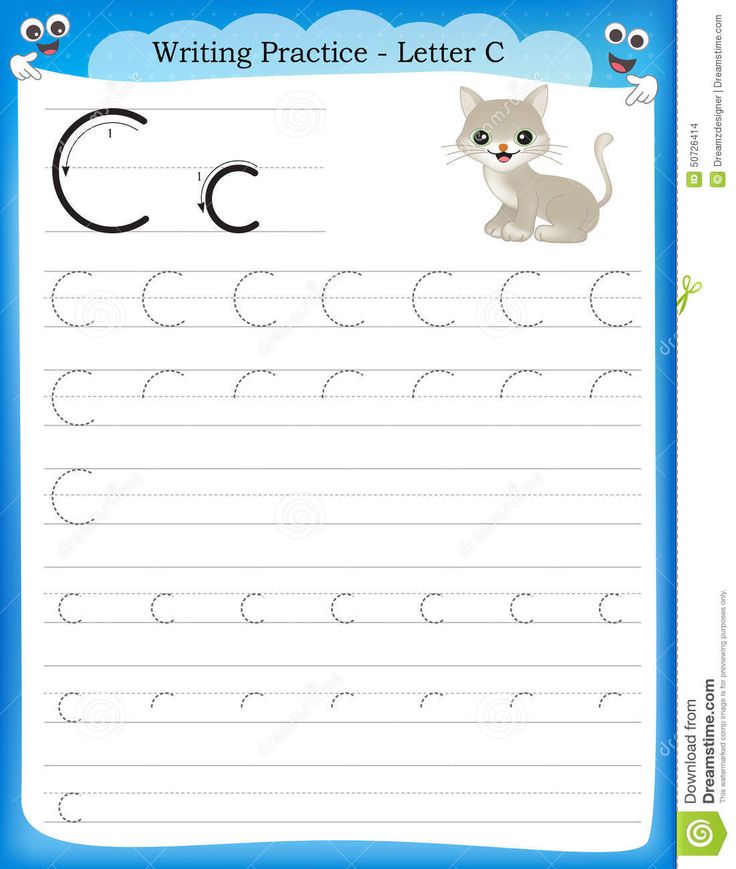 the mass of Jupiter is 1.9*10{27} kg, the average radius of Jupiter is 7.13*10{7} m....
the mass of Jupiter is 1.9*10{27} kg, the average radius of Jupiter is 7.13*10{7} m....
Why do we need an air chamber in a piston pump...
there were 13 peaches on one plate, and 17 on the other. Vova took 7 peaches from these plates. how many peaches...
Published: 03/07/2019 15:20
Replies: 1
More questions on the subject: Russian language Random questions
Popular questions
English sounds and letters
English alphabet
There are 26 letters in English. In different combinations and positions, they represent 44 sounds.
In English, 24 consonants are distinguished, and they are transmitted in writing by 20 letters: Bb; cc; Dd; ff; Gg ; hh; Jj; kk; LI; mm; Nn; pp; Qq; Rr; Ss; Tt; vv; ww; xx; Zz.
In English, 12 vowels and 8 diphthongs are distinguished, and they are transmitted in writing by 6 letters: Aa; ee; li; Oh; Uu; Yy.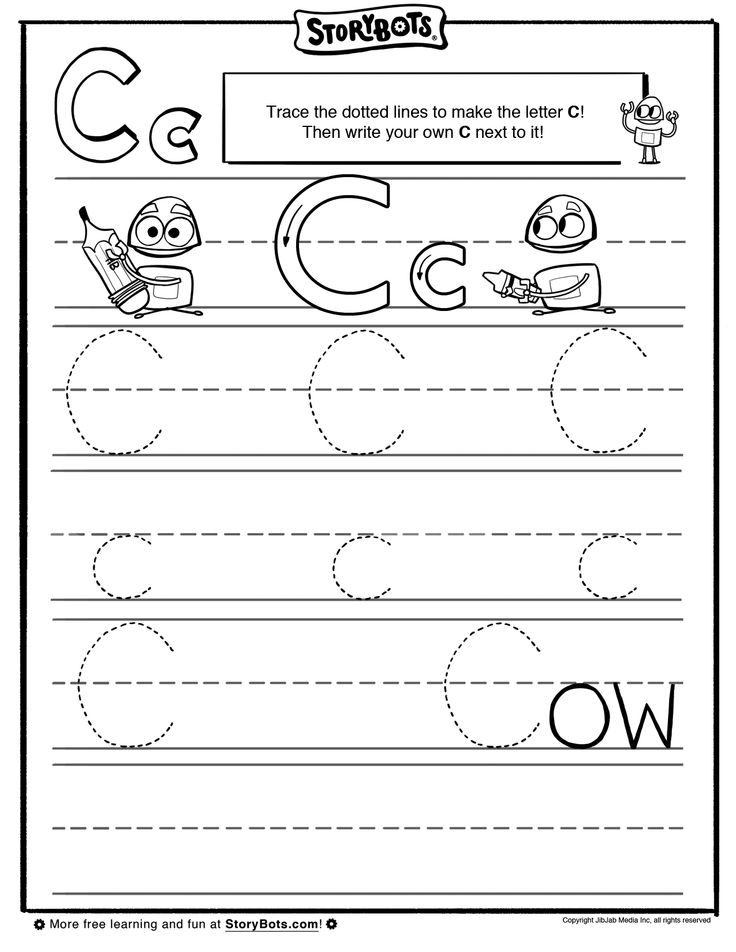 Russian alphabet. Using the Alphabet
Russian alphabet. Using the Alphabet
Video: English Lesson on the English Alphabet
Transcription and Stress
Phonetic transcription is an international system of signs that is needed to show exactly how words should be pronounced. Each sound is displayed with a separate icon. These icons are always written in square brackets.
In transcription, verbal stress is indicated (on which syllable in the word the stress falls). The stress mark [‘] is placed before the stressed syllable.
English consonants
- Features of English consonants
- English consonants, transmitted by letters b, f, g, m, s, v, z, are close in pronunciation to the corresponding Russian consonants, but should sound more energetic and tense.
- English consonants are not softened.
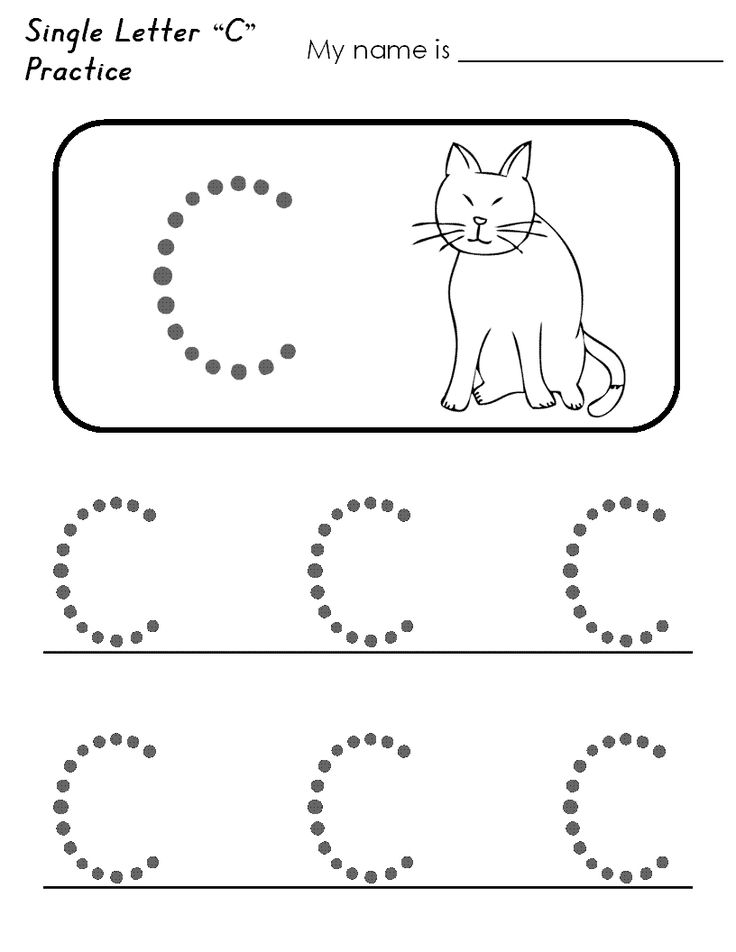
- Voiced consonants are never stunned, neither before voiceless consonants nor at the end of a word.
- Double consonants, that is, two identical consonants side by side, are always pronounced as one sound.
- Some English consonants are aspirated: the tip of the tongue must be pressed firmly against the alveoli (the bumps where the teeth attach to the gum). Then the air between the tongue and teeth will pass with effort, and you will get a noise (explosion), that is, aspiration.
Rules for reading consonants in English: link 1, link 2
| Table of pronunciation of English consonants | ||
|---|---|---|
| Phonetic transcription | Examples | Approximate matches in Russian |
| [b] | b ad, b ox | voiced sound corresponding to Russian [b] in the word b rat |
| [p] | o p en, p et | voiceless sound corresponding to Russian [p] in a word p ero but aspirated |
| [d] | d i d , d ay | voiced sound, similar to Russian [d] in the word d om , but more energetic, “sharper”; when pronouncing it, the tip of the tongue rests on the alveoli |
| [t] | t ea, t ake | voiceless sound corresponding to Russian [t] in the word t ermos , but pronounced with a breath, with the tip of the tongue resting on the alveoli |
| [v] | v oice, v isit | voiced sound corresponding to Russian [v] in the word in osk , but more energetic |
| [f] | f ind, f ine | a dull sound corresponding to Russian [f] in the word f inik , but more energetic |
| [z] | z oo, ha s | a voiced sound corresponding to Russian [z] in the word z ima , but more energetic; when pronouncing, the tip of the tongue is raised to the alveoli |
| [s] | s un, s ee | a dull sound corresponding to the Russian [s] in the word from or , but more energetic; when pronouncing, the tip of the tongue is raised to the alveoli |
| [g] | g ive, g o | voiced sound corresponding to Russian [g] in the word g irya , but pronounced softer |
| [k] | c at, c an | a dull sound corresponding to the Russian [k] in the word to mouth , but pronounced more energetically and aspirated |
| [ʒ] | vi si on, plea sur e | a voiced sound corresponding to Russian [zh] in the word zh ara , but is pronounced more tensely and softer |
| [ʃ] | sh e, Ru ss ia | a dull sound corresponding to the Russian [sh] in the word sh ina , but is pronounced softer, for which you need to raise the middle part of the back of the tongue to the hard palate |
| [j] | y ellow, y ou | a sound similar to the Russian sound [th] in the word th od , but pronounced more energetically and intensely |
| [l] | l itt l e, l ike | a sound similar to Russian [l] in the word l isa , but you need the tip of the tongue to touch the alveoli |
| [m] | m an, m erry | a sound similar to Russian [m] in the word m ir , but more energetic; when pronouncing it, you need to close your lips more tightly |
| [n] | n o, n ame | a sound similar to Russian [n] in the word n os , but when it is pronounced, the tip of the tongue touches the alveoli, and the soft palate is lowered, and air passes through the nose |
| [ŋ] | si ng , fi ng er | a sound in which the soft palate is lowered and touches the back of the back of the tongue, and air passes through the nose.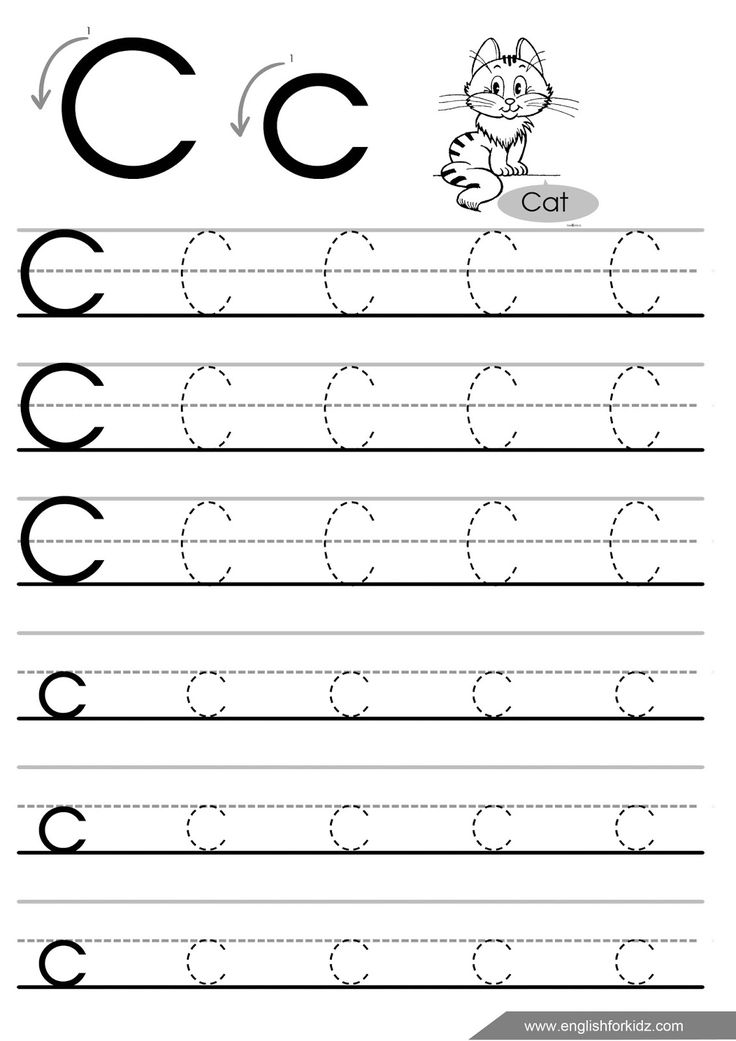 To pronounce it like Russian [ng] is wrong; should be a nasal overtone To pronounce it like Russian [ng] is wrong; should be a nasal overtone |
| [r] | r ed, r abbit | a sound, when pronouncing which the raised tip of the tongue should touch the middle part of the palate, above the alveoli; tongue does not vibrate |
| [h] | h elp, h ow | a sound reminiscent of Russian [x] as in the word x aos , but almost silent (slightly audible exhalation), for which it is important not to press the tongue against the palate |
| [w] | w et, w inter | a sound similar to very quickly spoken Russian [ue] in the word Ue ls ; at the same time, the lips should be rounded and pushed forward, and then vigorously pushed apart |
| [dʒ] | j ust, j ump | a sound similar to [j] in a Russian loan word j insy , but more energetic and softer.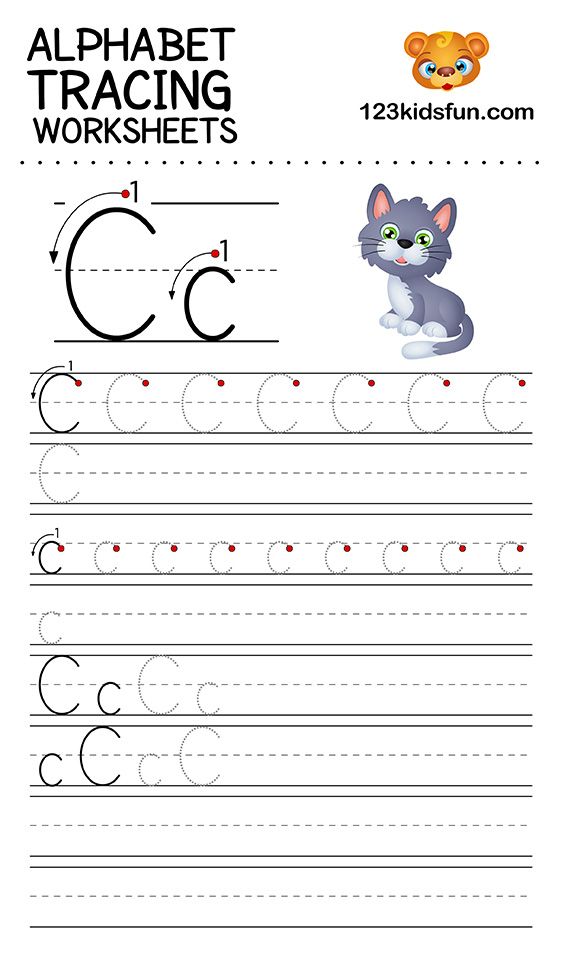 Cannot be pronounced separately [d] and [ʒ] Cannot be pronounced separately [d] and [ʒ] |
| [tʃ] | ch eck, mu ch | a sound similar to Russian [h] in the word h as , but harder and more intense. Cannot be pronounced separately [t] and [ʃ] |
| [ð] | th is, th ey | a sonorous sound, when pronouncing which the tip of the tongue must be placed between the upper and lower teeth and then quickly removed. Do not clamp the flat tongue with your teeth, but slightly push it into the gap between them. This sound (since it is voiced) is pronounced with the participation of the vocal cords. Similar to Russian [z] interdental |
| [θ] | th ink, seven th | A voiceless sound that is pronounced the same as [ð], but without a voice. Similar to Russian [s] interdental |
English vowels
- The reading of each vowel depends on:
- from other letters standing next to it, in front of it or behind it;
- from being in a shock or unstressed position.
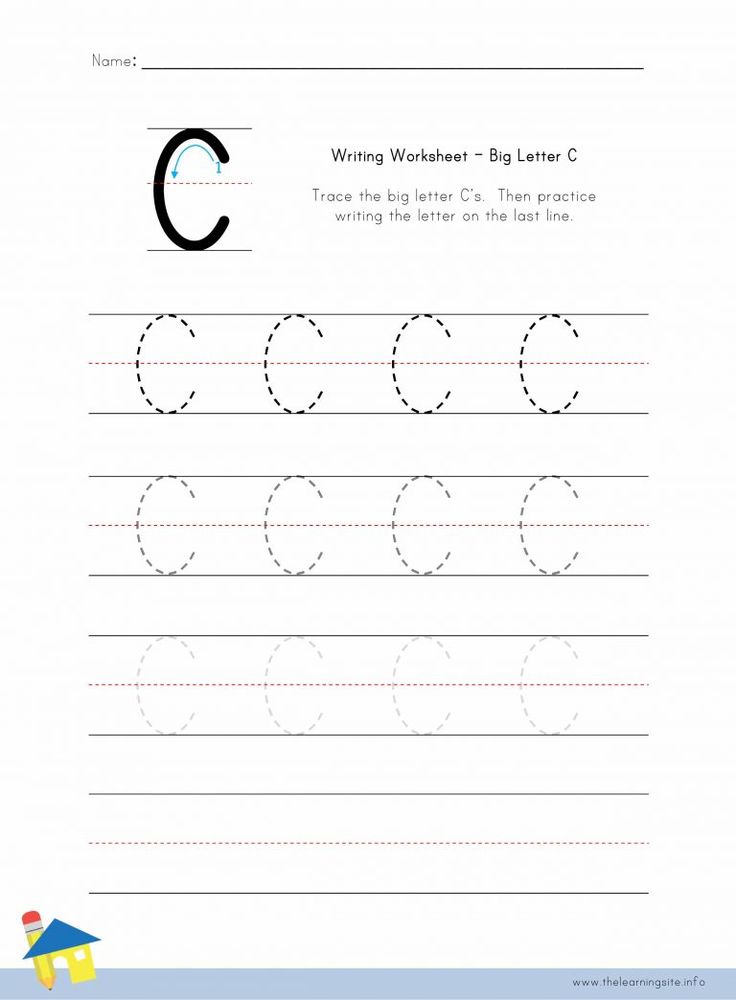
- Features of vowel sounds in English.
- English vowels (unlike Russian) are divided into long and short.
Under stress, long sounds last almost three times longer than short ones. It is necessary to observe the longitude and brevity of sounds, otherwise there will be a confusion of the meanings of words.
In transcription, the length of a vowel sound is indicated by two vertical dots (i.e., a colon) behind the icon denoting that sound [:] . - There are diphthongs in English.
Diphthongs are combinations of two vowel sounds that are pronounced together and both fit into one syllable: the organs of speech after pronouncing the first sound quickly but smoothly move into the position required for the next sound; the first sound is pronounced distinctly and for a long time, and the second sound is very short and merges with the first.
Rules for reading vowels in English: link 1, link 2, link 3, link 4
| Table of pronunciation of simple English vowels | ||
|---|---|---|
| Phonetic transcription | Examples | Approximate matches in Russian |
| [æ] | c a t, bl a ck | short sound, middle between Russian sounds [a] and [e].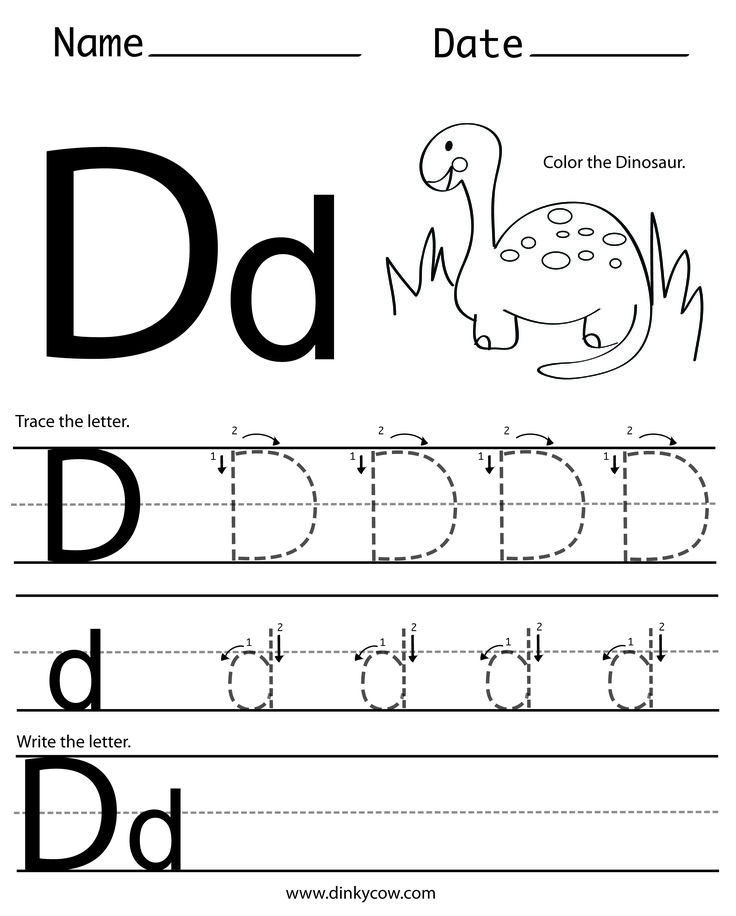 To get this sound, you need to pronounce Russian [a], open your mouth wide, and place your tongue low. Pronouncing just Russian [e] is wrong To get this sound, you need to pronounce Russian [a], open your mouth wide, and place your tongue low. Pronouncing just Russian [e] is wrong |
| [ɑ:] | ar m, f a ther | is a long sound similar to Russian [а], but it is much longer and deeper. When pronouncing it, you need to yawn, as it were, but do not open your mouth wide, while pulling your tongue back |
| [ʌ] | c u p, r u n | is a short sound similar to Russian unstressed [a] in the word from a dy . To get this sound, you need, while pronouncing Russian [a], almost do not open your mouth, while stretching your lips a little and pushing your tongue back a little. Pronouncing just Russian [a] is wrong |
| [ɒ] | n o t, h o t | a short sound similar to Russian [o] in the word d o m , but when pronouncing it, you need to completely relax your lips; for Russian [o] they are slightly tense |
| [ɔ:] | sp o rt, f ou r | is a long sound similar to Russian [o], but it is much longer and deeper.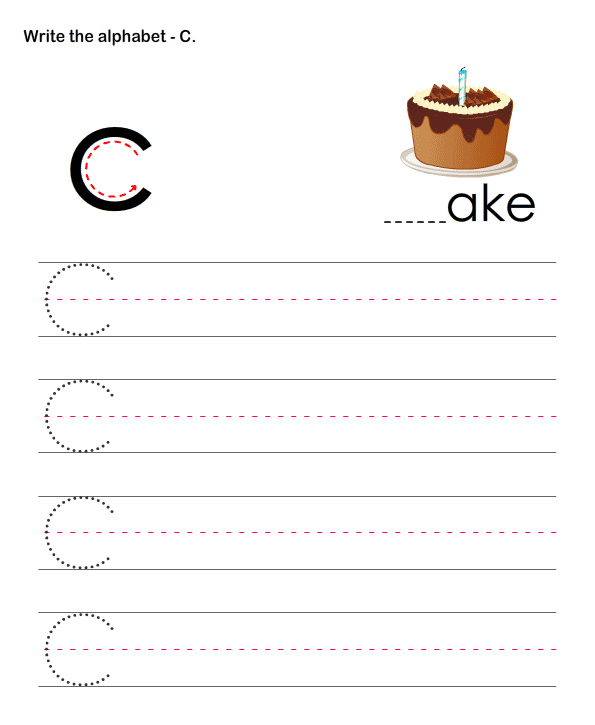 When pronouncing it, you need to yawn, as it were, with your mouth half open, and tighten and round your lips When pronouncing it, you need to yawn, as it were, with your mouth half open, and tighten and round your lips |
| [ə] | a bout, a lias | sound, which is often found in Russian, is always in an unstressed position. In English, this sound is also always unstressed. It does not have a clear sound, and is spoken of as an obscure sound (it cannot be replaced by any clear sound) |
| [e] | m e t, b e d | short sound similar to Russian [e] under stress in words such as e ti , pl e d , etc. English consonants cannot be softened before this sound |
| [ɜː] | w or k, l ear n | this sound is not in Russian, and it is very difficult to pronounce. It resembles the Russian sound in the words m ё d , sv ё kla , but it needs to be pulled much longer and at the same time the lips are strongly stretched without opening the mouth (it turns out a skeptical smile) |
| [ɪ] | i t, p i t | is a short sound similar to the Russian vowel in the word sh and t .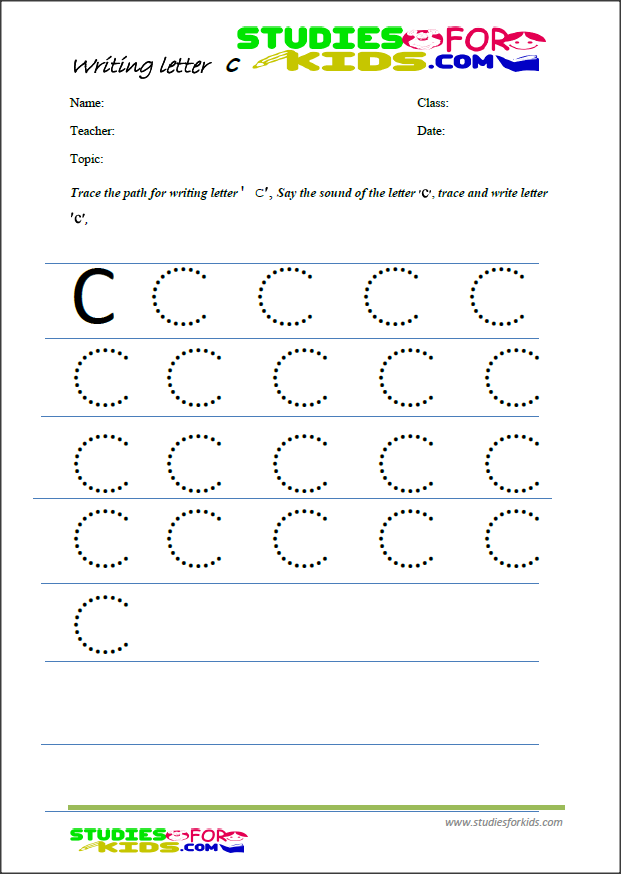 You have to pronounce it abruptly You have to pronounce it abruptly |
| [i:] | h e , s ee | a long sound, similar to Russian [and] under stress, but longer, and they pronounce it as if with a smile, stretching their lips. There is a Russian sound close to it in the word verse ii |
| [ʊ] | l oo k, p u t | a short sound that can be compared with the Russian unstressed [u], but it is pronounced energetically and with completely relaxed lips (lips cannot be pulled forward) |
| [u:] | bl u e, f oo d | is a long sound, quite similar to the Russian percussion [y], but still not the same. To make it work, you need, while pronouncing Russian [y], do not stretch your lips into a tube, do not push them forward, but round and smile slightly.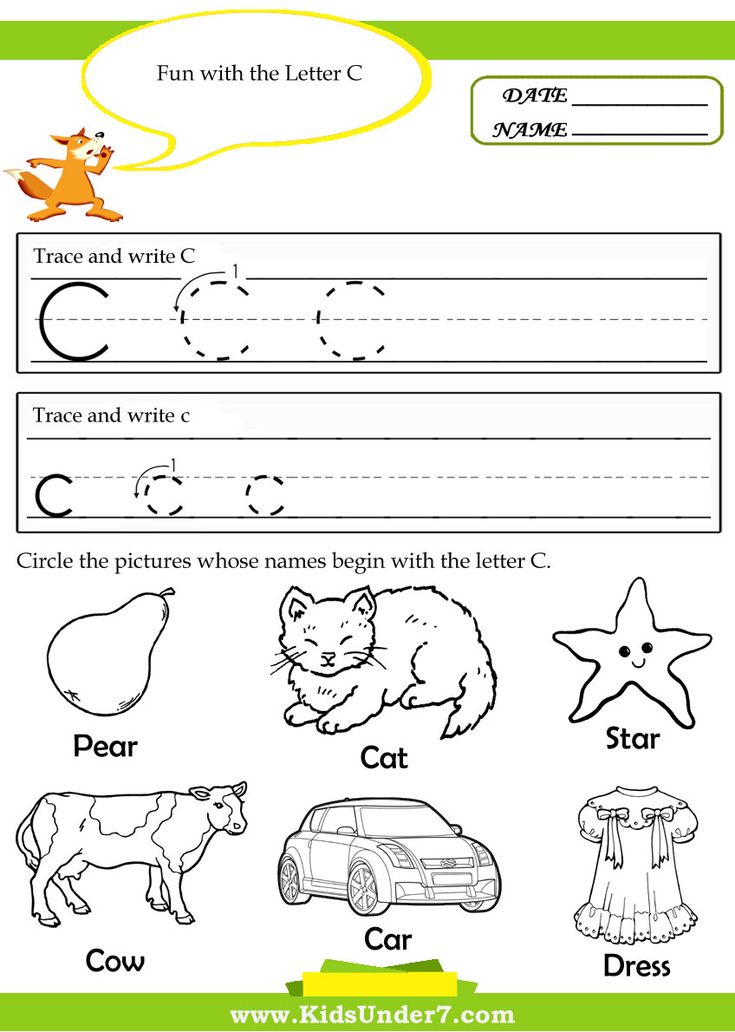 Like other long English vowels, it needs to be drawn much longer than Russian [y] Like other long English vowels, it needs to be drawn much longer than Russian [y] |

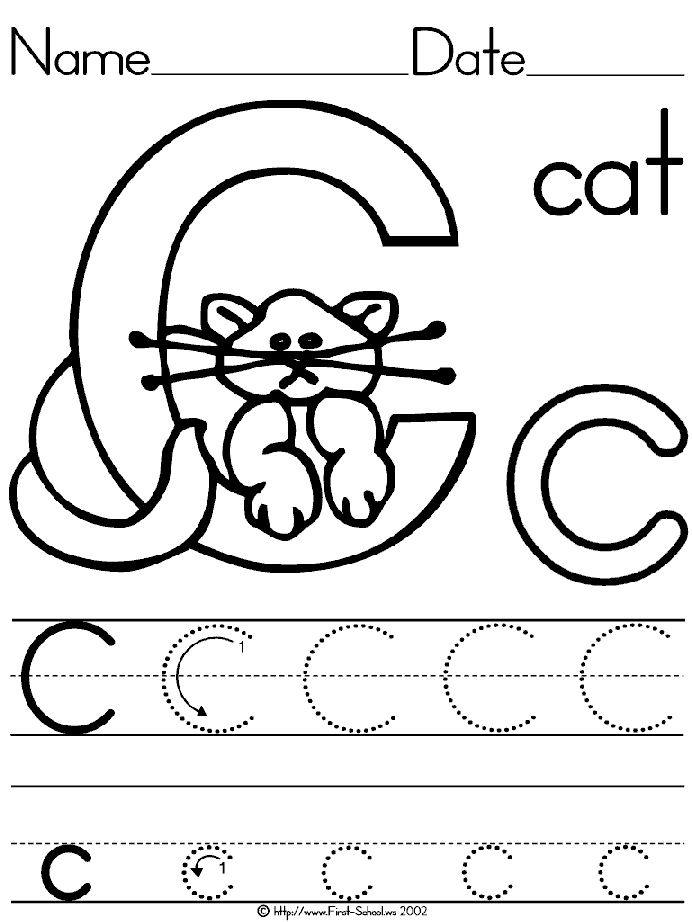 Second element, sound [ɪ], very short
Second element, sound [ɪ], very short 